Speed is fascinating. Whether it’s a cheetah sprinting across the savannah or a falcon diving from the sky, these rapid movements have captivated human attention for centuries. As we explore the fastest animals on Earth, we not only celebrate their unique capabilities but also draw comparisons to human abilities, highlighting the extraordinary nature of our fellow inhabitants on this planet.
Understanding Animal Speed

Speed varies greatly among the animal kingdom, with different species adopting unique adaptations that allow them to move quickly. These adaptations can range from slender, aerodynamic bodies to powerful limb muscles. The context of these speeds is important as they are generally adaptations to escape predators or capture prey.
The Cheetah The Land Speed King
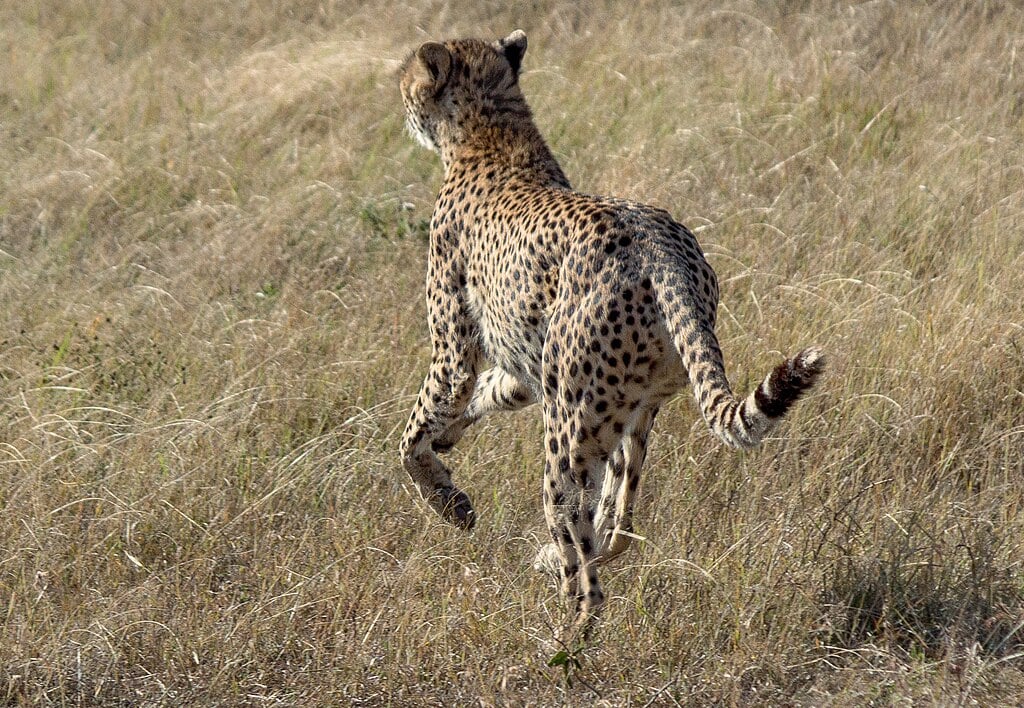
The cheetah holds the title for the fastest land animal, reaching speeds of up to 75 mph (120 km/h) in short bursts covering distances up to 500 meters. This speed is achieved thanks to its lightweight frame, elongated limbs, and an impressive stride that can reach 20 to 25 feet. Compared to humans, the fastest sprinter, Usain Bolt, topped out at 27.8 mph (44.7 km/h) during his record-setting 100-meter dash.
Peregrine Falcon The Sky’s Swiftest
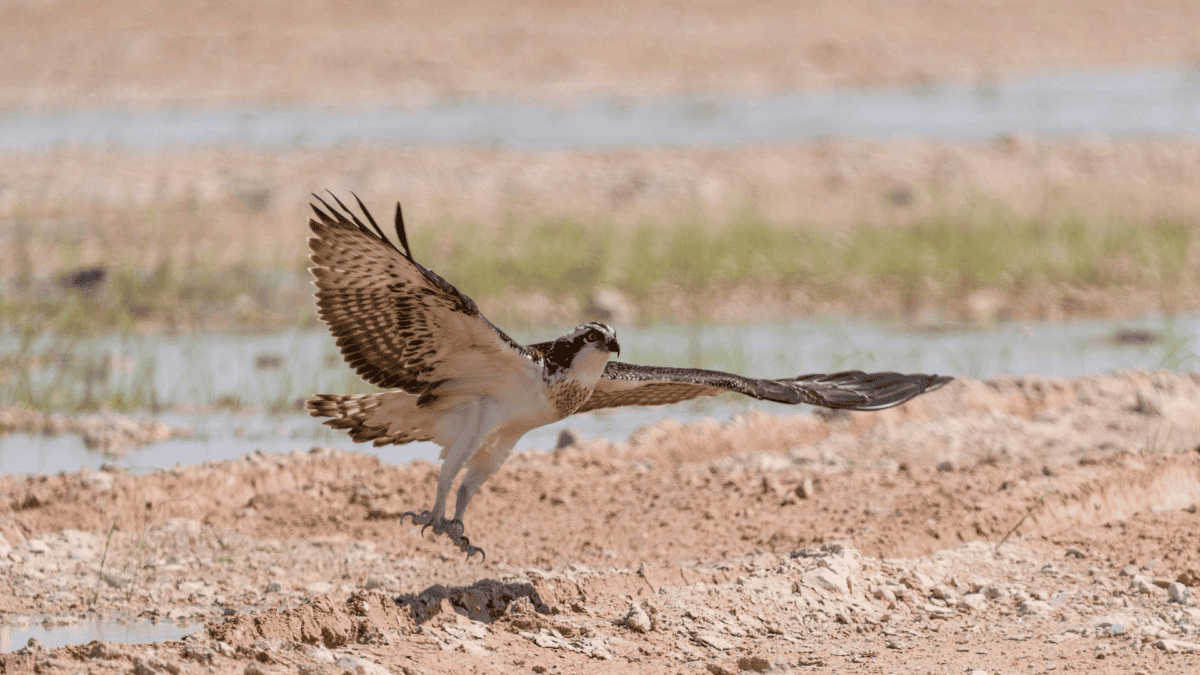
The peregrine falcon is the fastest bird—and indeed the fastest animal—on the planet when in a dive. These raptors can reach speeds over 240 mph (386 km/h) when plummeting towards their prey. This speed is unmatched by anything humans can achieve unaided, though with technology, we can simulate comparable speeds.
Sailfish The Ocean’s Sprinter
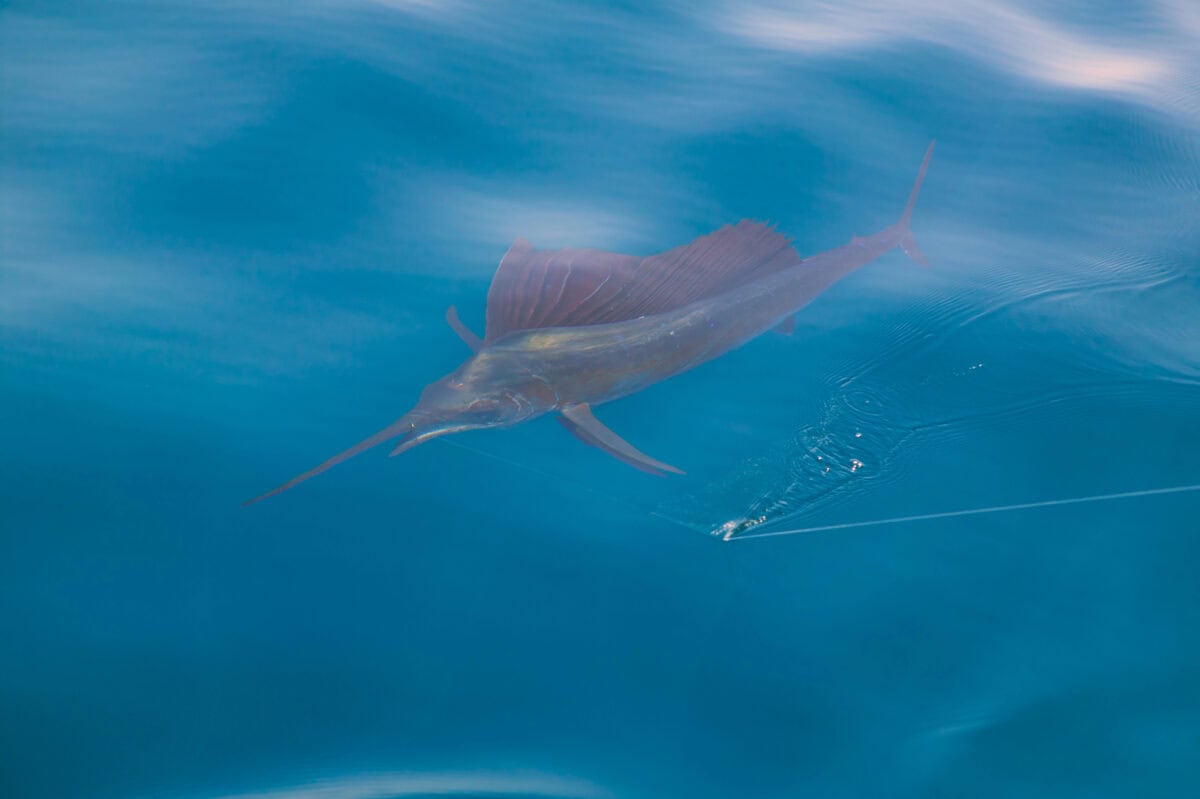
Among fish, the sailfish takes the crown, clocking speeds of up to 68 mph (110 km/h), which is about as fast as a cheetah on land. These dazzling creatures use their speed to hunt smaller fish, relying on their powerful tail fins that act like underwater propellers. Human swimmers, in contrast, peak at around 5 mph (8 km/h).
Pronghorn Antelope The Marathon Speedster

Native to North America, the pronghorn antelope is not just fast over short distances but also excels at maintaining high speeds over longer stretches. With recorded speeds of 55 mph (88 km/h), it can sustain these speeds over several miles, far outpacing human marathon runners.
Anna’s Hummingbird Winged Wonder
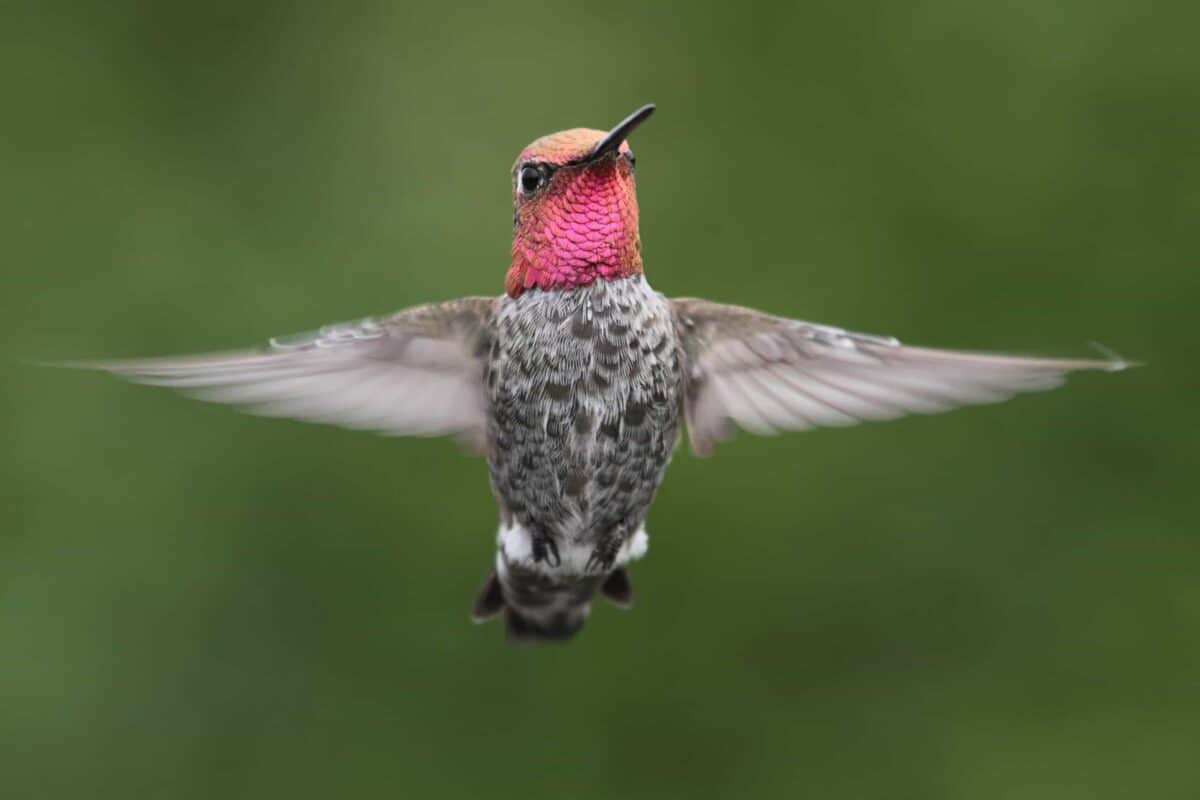
This tiny bird can reach speeds of up to 61 mph (98 km/h) during courtship dives. An Anna’s hummingbird’s speed is particularly astonishing given its small size. For comparison, an average hummingbird flaps its wings about 40 times per second, a marvel of biological engineering.
Brown Hare A Meadow Rocket

The brown hare is Europe’s answer to the cheetah, with the ability to reach speeds up to 45 mph (72 km/h). Their long, powerful hind legs are perfectly adapted for rapid acceleration, allowing them to dodge predators in open grasslands.
Greyhound Fleet-Footed Canine

Known for their slender, aerodynamic bodies and powerful limbs, greyhounds are the fastest dogs on Earth. They can run up to 45 mph (72 km/h), making them formidable competitors in racing and interesting companions for speedy human runners.
Marlin Oceanic Rockets

With their sword-like bills and streamlined bodies, marlins can reach speeds of 50 mph (80 km/h). They slice through water effortlessly, reflecting adaptations akin to sailfish, as both are top speedsters in the ocean.
Quarter Horse Short Distance Sprinter

Known primarily in the world of equestrian sports, quarter horses excel in short distance racing, reaching immediate top speeds of 55 mph (88 km/h) for short sprints. They have played a significant role in the development of Western American culture.
Lion The Mighty Stalker
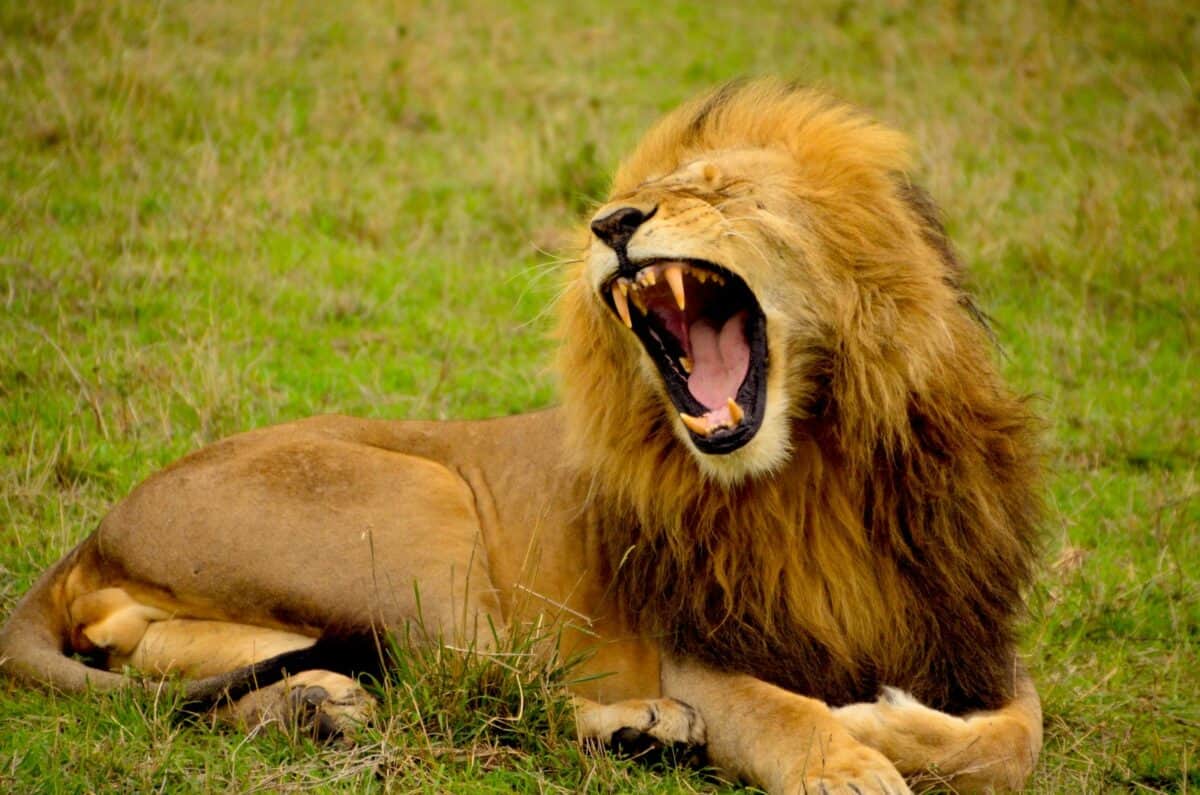
While not the fastest, lions are among the swiftest predators, achieving bursts of speed up to 50 mph (80 km/h). However, unlike the cheetah, they lack stamina and can only sustain these efforts in quick hunts over short distances.
Thomson’s Gazelle Agile and Alert

These graceful animals can reach up to 50 mph (80 km/h) and are known for their agility and ability to make rapid turns to evade predators like lions and cheetahs. Their agility is a vital part of their survival in the predator-heavy African plains.
Conclusion: The Human Perspective
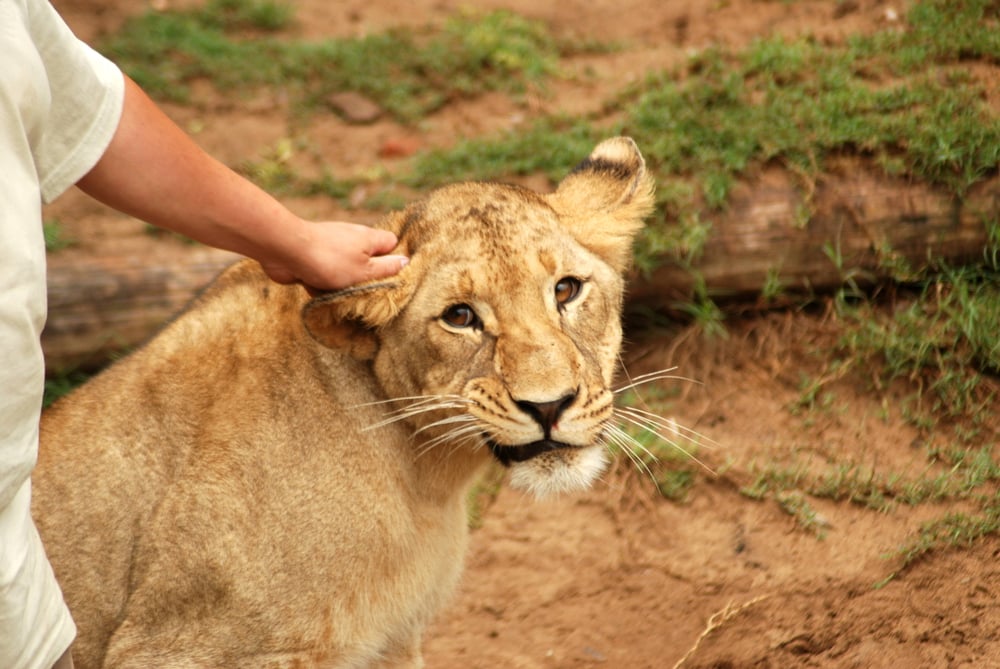
While humans may not be the fastest creatures on land, sea, or air, our ingenuity and ability to create technology have allowed us to reach incomparable speeds in other ways—through flight, space travel, and fast-moving vehicles. The incredible speeds of the animal kingdom should remind us of the diversity and adaptability of life on Earth, inspiring wonder and respect for these remarkable creatures and their evolutionary triumphs.
- 10 Common Chicken Behaviors and What They Mean - August 9, 2025
- 14 Creatures That Can Freeze and Thaw Back to Life - August 9, 2025
- 10 Animals That Risked Their Lives to Save Humans - August 9, 2025

